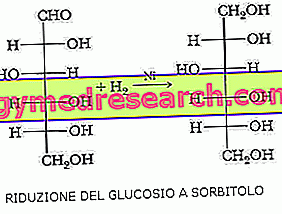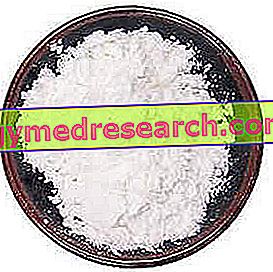Natural sweetener
An alternative to sugar
Sorbitol is a six-carbon alcohol belonging to the category of polyols, therefore functionally similar to common carbohydrates. Sorbitol finds ample space in the alimentary field as an acariogenic and low-calorie sweetener; its sweetening power is in fact equal to 60% of that of sugar, but at the same weight it provides 40% fewer calories (2.6 Kcal / g against 4 for sucrose). The taste is fresh and pleasant, but what is even more important is the ability of sorbitol to give consistency to the product, retaining humidity and improving its conservation (inhibits the development of yeasts, molds and other microorganisms). This characteristic, called hygroscopicity, makes sorbitol a very useful ingredient for keeping pastry products (plum cake, petits four, sponge cake, etc.) and leavened products (panettone, croissants, brioches) longer soft.
Foods rich in sorbitol

Sorbitol and Diabetes
In the case of hyperglycemia, typical of diabetic patients, sorbitol has a tendency to accumulate inside the cells and to come out of it with difficulty; all this, given its ability to retain water, can cause cataract problems, renitinopathy and peripheral neuropathies. In addition to dietary intake, in fact, sorbitol is normally synthesized by cells starting from glucose, by intervention of the enzyme aldose reductase-dependent, in the so-called polyol pathway, particularly active when the glycolytic hexokinase enzyme is saturated. In the presence of diabetes, the conversion of glucose into sorbitol occurs at the level of insulin-independent tissues, while despite the hyperglycemia the other cells of the body suffer from glucose deficiency, since sugar cannot enter due to lack of insulin. Once synthesized in the polyol pathway, sorbitol can be converted to fructose by the NAD-dependent sorbitol dehydrogenase.
Given the above, considering the possible enteric side effects, sorbitol is not recommended as a sugar substitute in the diet of diabetic patients.
Sorbitol is also a common ingredient in toothpastes, mouthwashes and some cosmetics, which gives it a soft and mellow appearance. As an excipient, it also finds room in the pharmaceutical industry for the already mentioned hygroscopic and sweetening properties.



